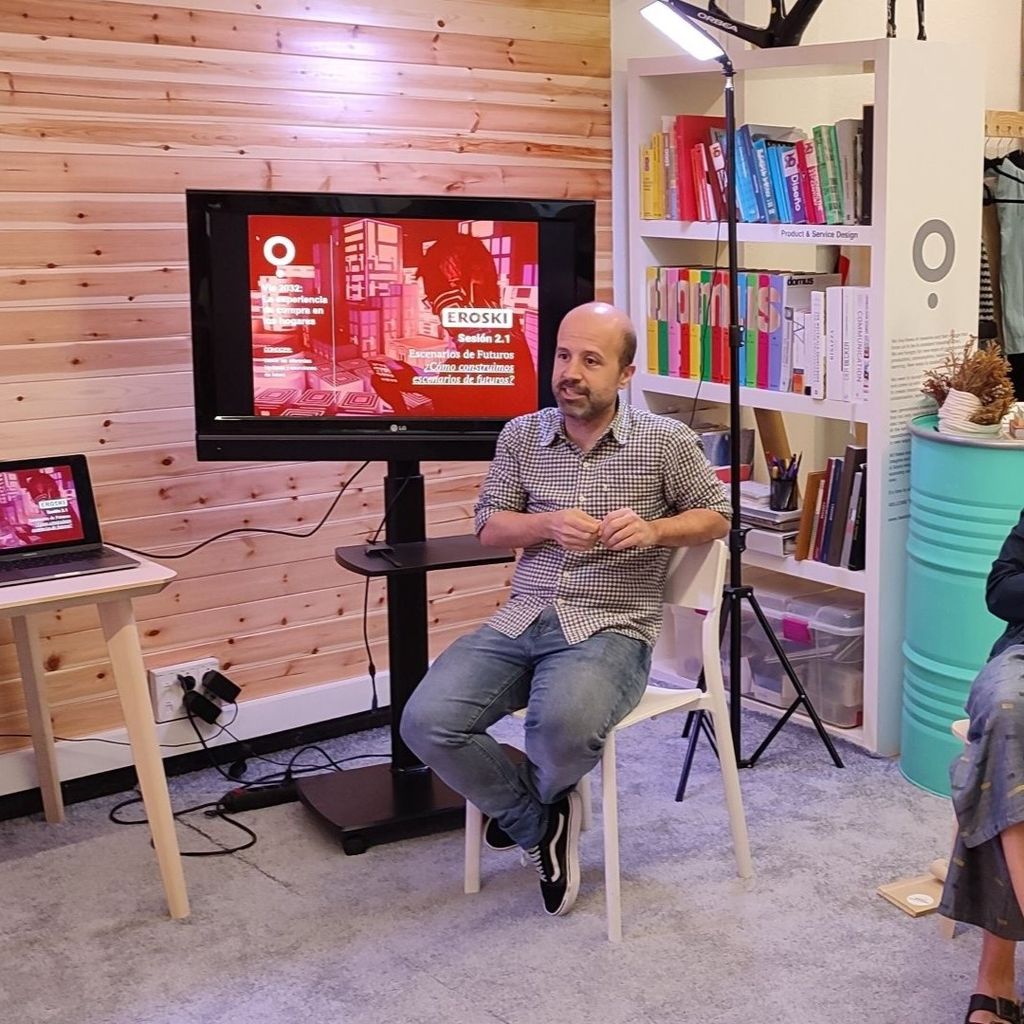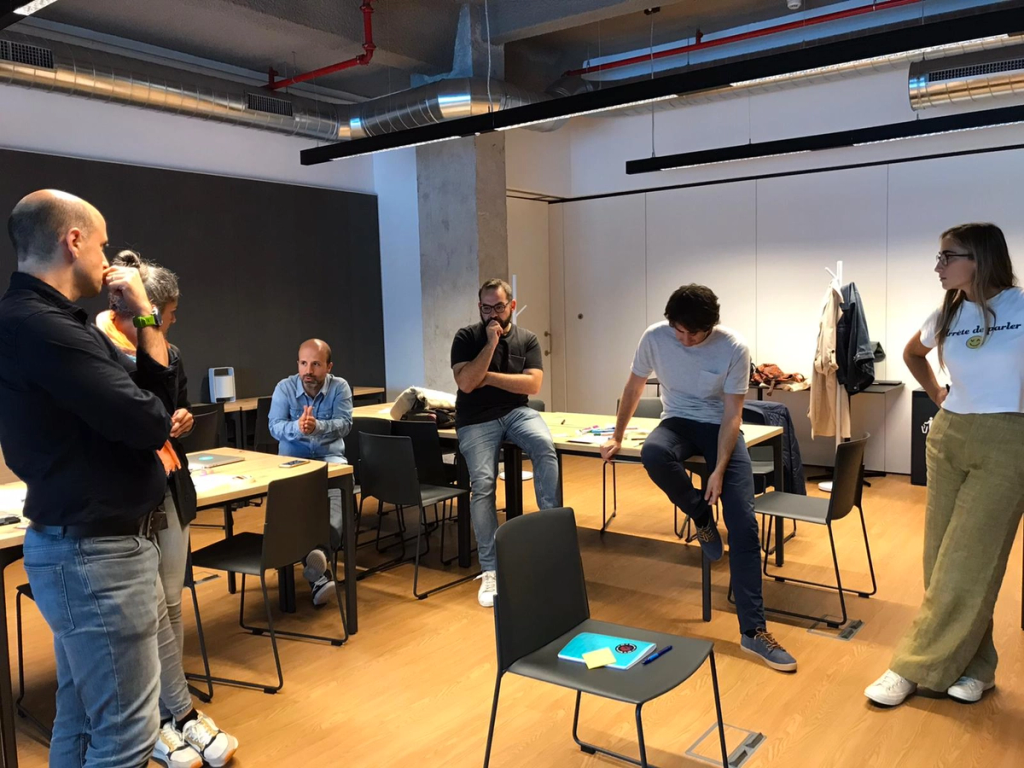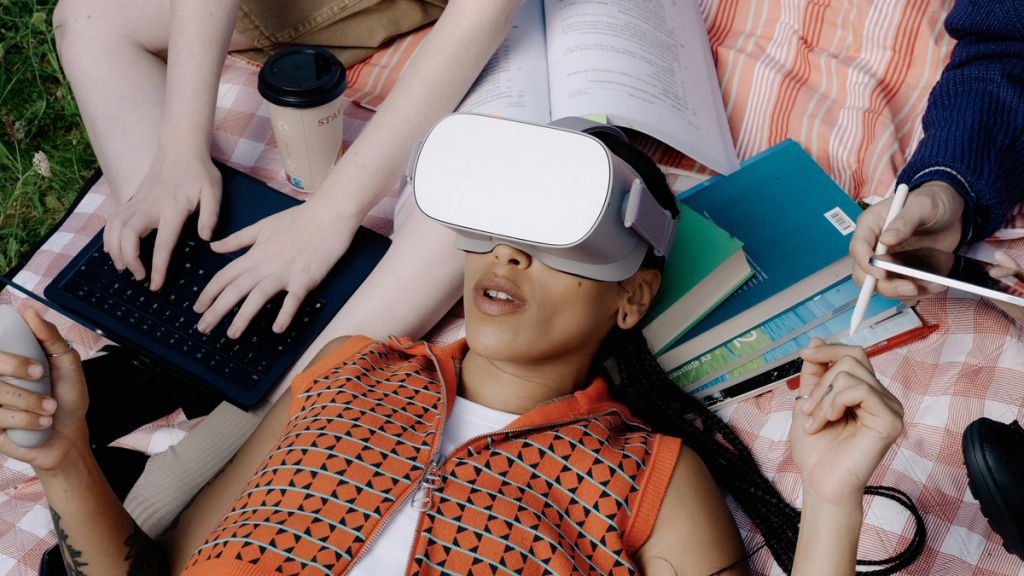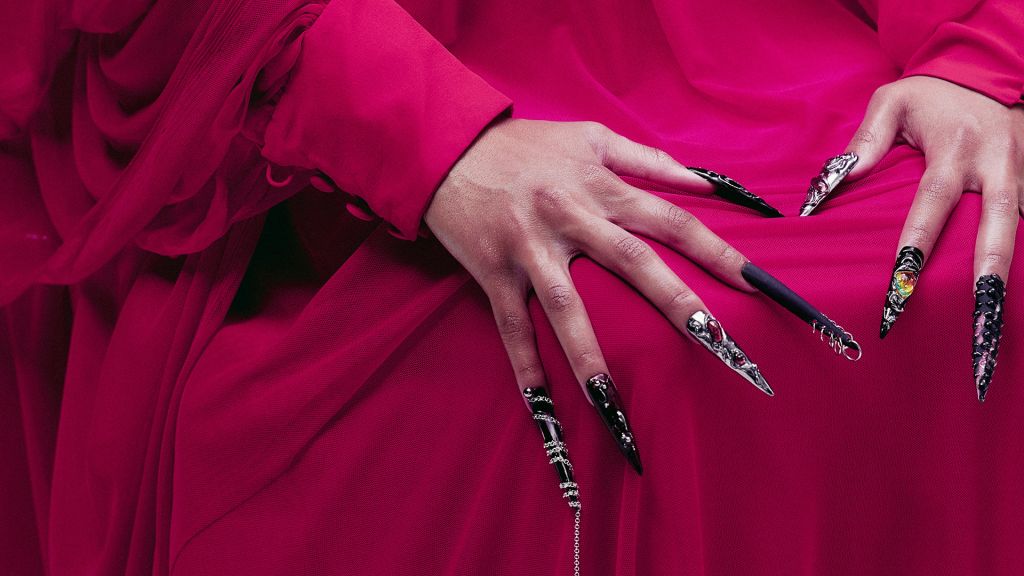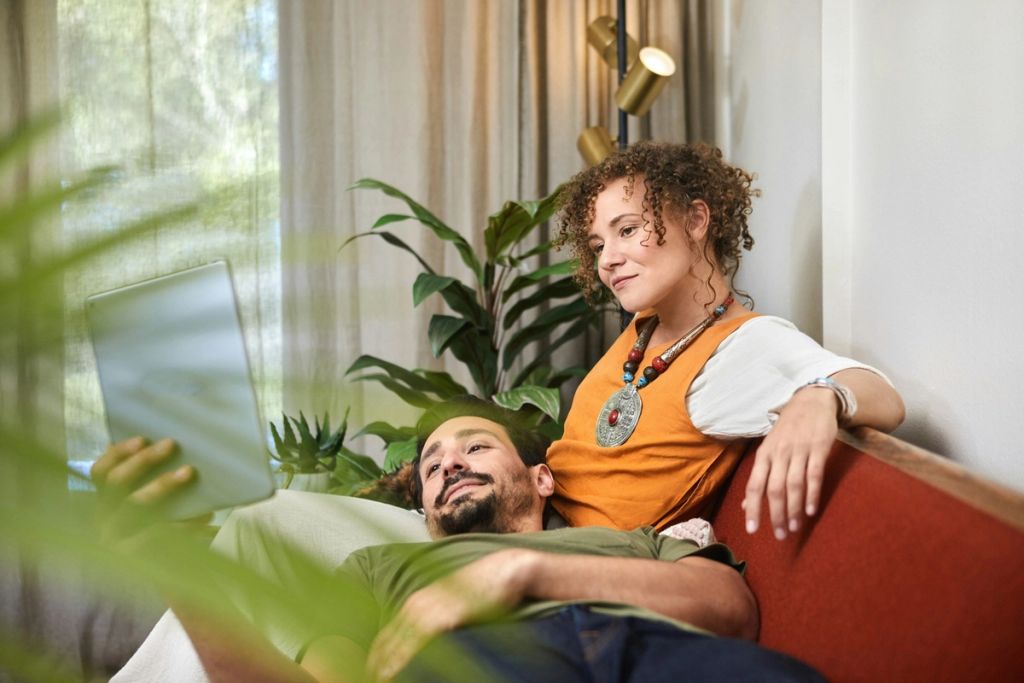What will the household shopping experience be like in 2034?
What will the household shopping experience be like in 2034?
↗ Innovation
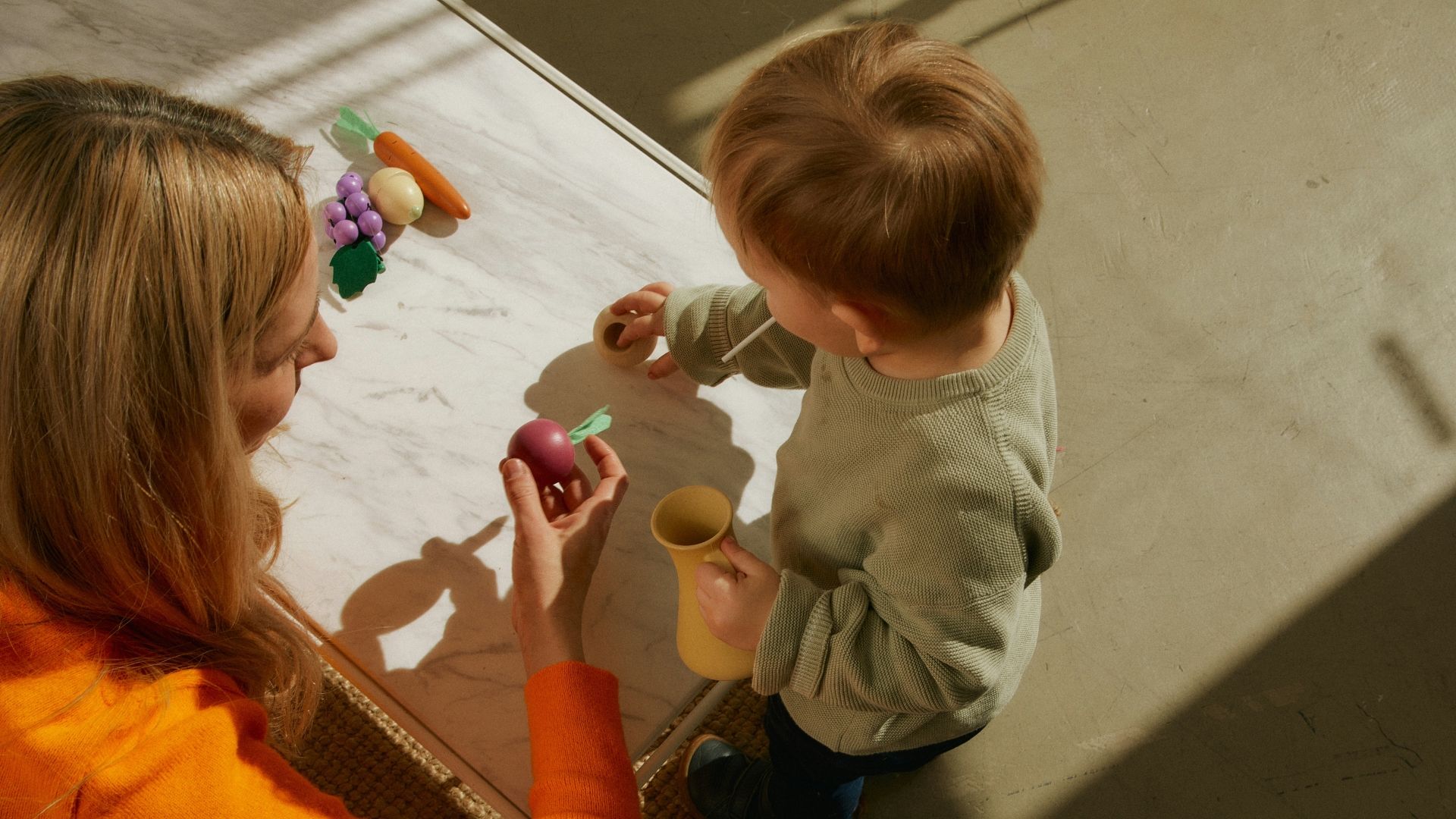
This was the question posed to us by Eroski to explore the future trends, technologies and business models that will define the retail sector in 2034. As technology and consumer expectations continue to change, retail companies must adapt quickly to remain competitive and relevant.
Given the complexity of the challenge and its prospective nature, we decided to integrate into the design process not only methodologies from the study of futures, but also tools from the field of behavioural design with which to investigate the motivations, capabilities and opportunities that underlie the change in consumer behaviour. All with the aim of generating sufficiently fertile scenarios that would serve to generate short-term tactical innovations in the form of new products or aligned services.
“Futures studies gives us the potential to reposition behavioral design from a reactive discipline, correcting for biases and bottlenecks that are already occurring, to a proactive one located further upstream, which reframes what we're even solving for and offers us new possibilities from a future perspective”.
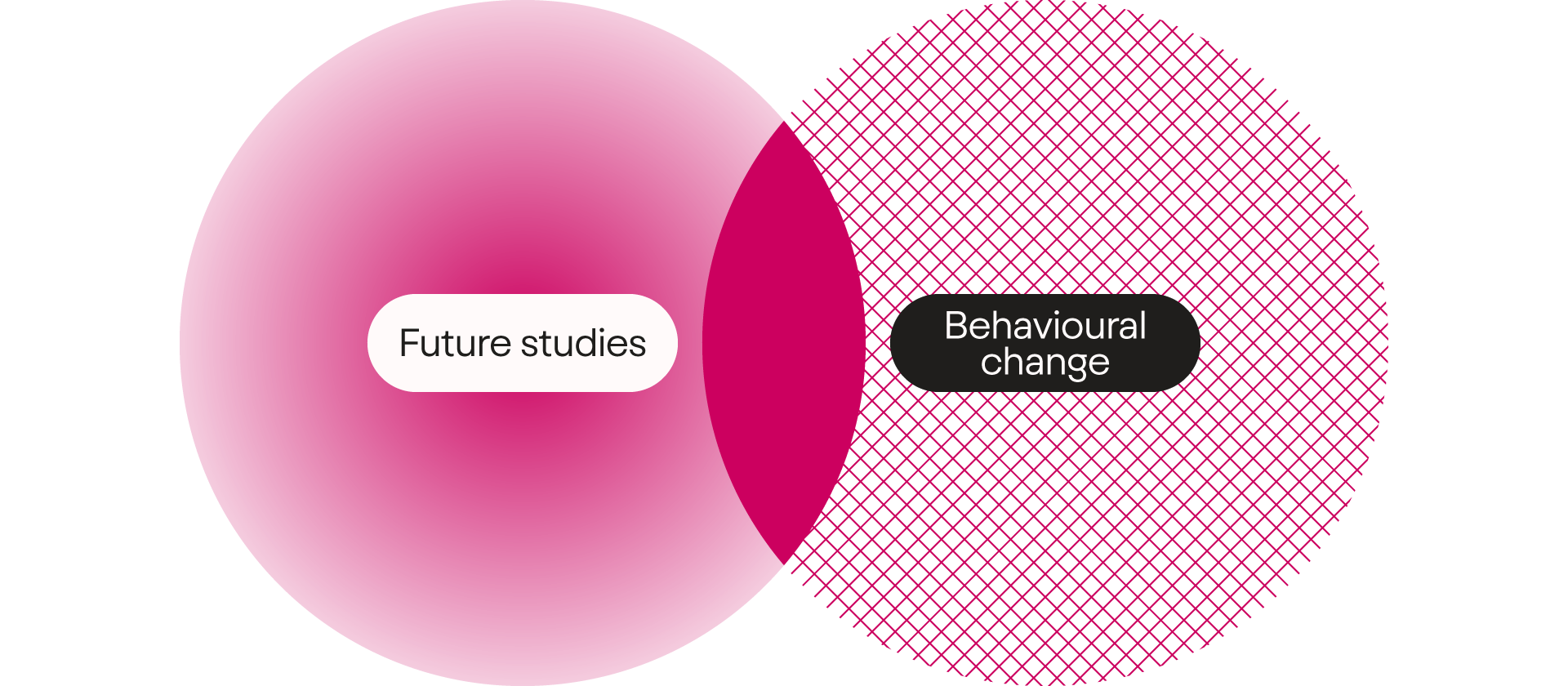
Looking to the future often leads to a narrow focus on technology as the sole driver of change. However, analysing the history of the great transformational milestones in retailing since the beginning of the 20th century, it can be seen that new consumer needs emerged in society caused by other factors or non-technological drivers. For example, the entry of women into the labour market in the 1970s accelerated hyper-convenience methods, and the need for sourcing and planning gave way to large hypermarkets. This retrospective is part of the detection of the drivers that interconnectedness and the need for a new technology.
Before going into the prospective analysis and with the aim of being able to establish a shared vision of the future in the innovation team, we worked on the desired future of Eroski, based on the key trends in which Eroski would like to be part of. This milestone was made tangible in the Eroski future metaphor, which helped us to jointly draw a desired future and clearly define the role they would like to play in it. This step mainly serves to define a position as a brand and the intrinsic values to be consolidated in order to navigate the changes.
"Futures research differs from trend research in that it looks at the deeper transformations of society in different vectors, without being colonised by incipient evidence. It is therefore important to set a time frame of at least 10 years."
We conducted an exhaustive study based on quantitative data, case studies and reports on the different topics related to the sector. From all this information we identified 7 fundamental critical drivers based on the signals, visions and case studies collected. We understand these fundamental critical drivers as forces that will be key and will influence in one way or another the creation of the future.
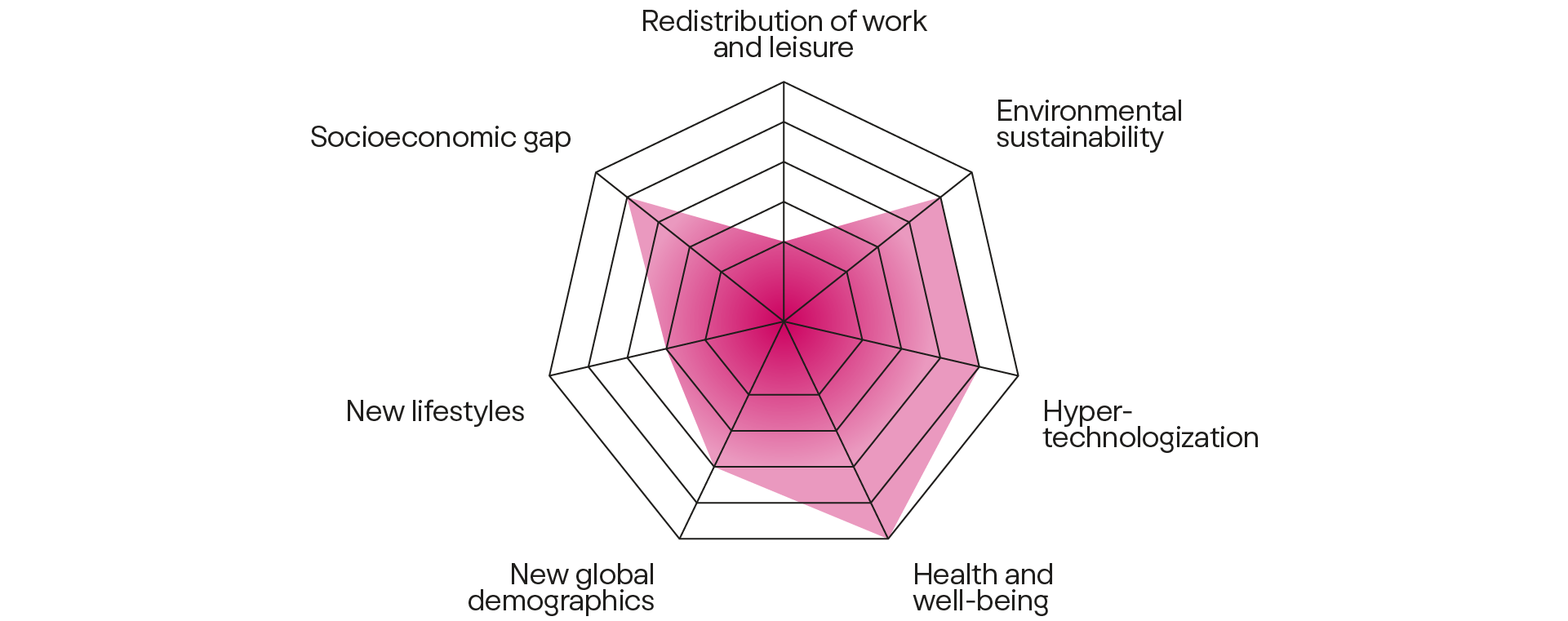
Once we have identified the critical drivers that will determine the futures we explored, by narrowing down one or more of them, we created different scenarios that allowed us to place ourselves in these possible future realities. These scenarios are not an end in themselves. They are intended to provoke conversations, discoveries or insights that will give rise to a new imaginary in which to devise and draw a portfolio of actions that will bring us closer to our Desired Future.
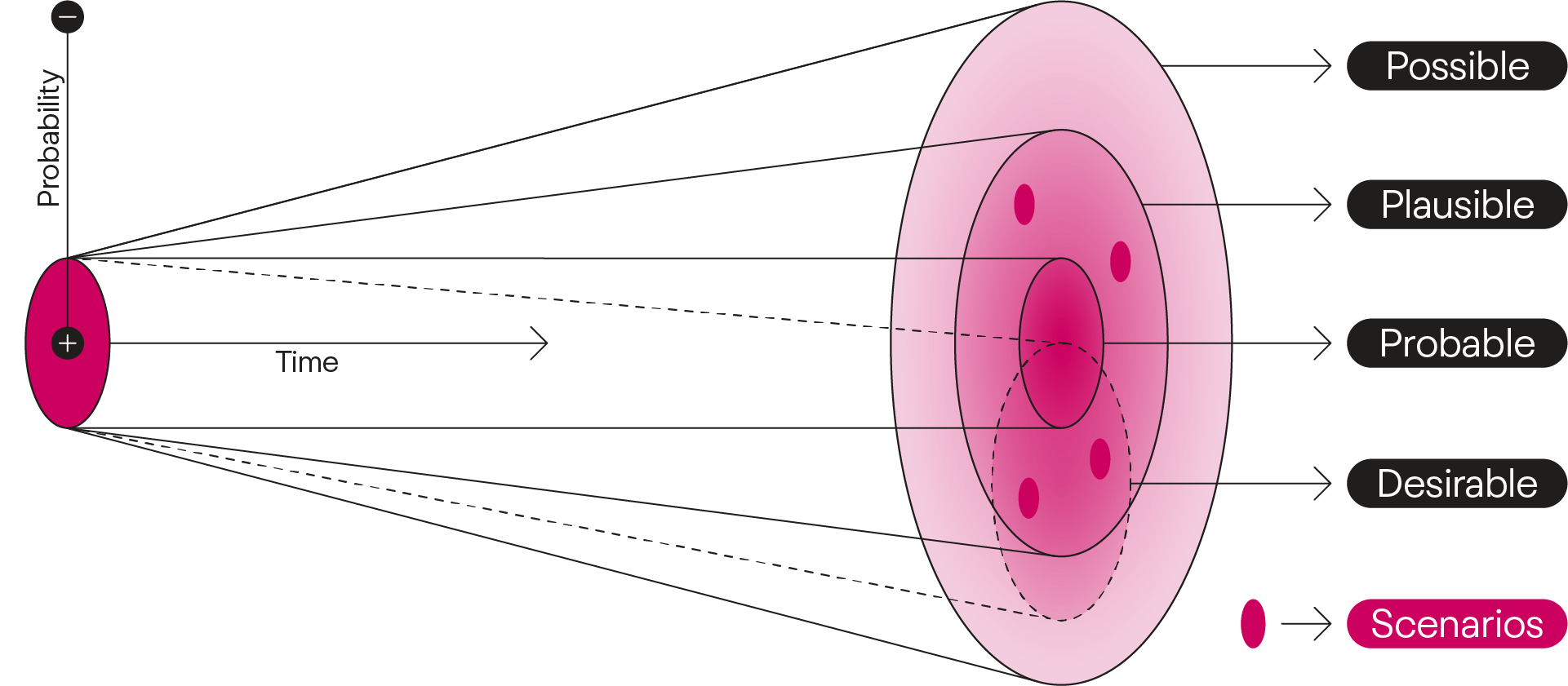
↗ Joseph Voros - Futures Cone: A Generic Foresight Process Framework.
A scenario is a description or visualisation of a possible reality at a particular point in time in the future according to an explicit, coherent and internally consistent set of assumptions about key relationships and driving forces. It is based on prediction but translated into something more specific and concrete. However, its open-ended and speculative character helps us to build a systemic vision of the future that helps us to:
→ Assess, prepare and anticipate for what can go wrong.
→ Create a conceptual distance from the present, so that the present is perceived as changeable rather than fixed or static.
→ Understand and manage uncertainties, to explore what we don't know that we don't know.
→ Better understand chaos and complexity, including possible levers of influence.
→ Understand the different views of different stakeholders and their perspectives.
→ Find new growth areas, products, processes, people and possibilities.
→ Help clarify often hidden or competing assumptions about the future.
→ Thinking into the unknown and opening spaces for new actions.
→ Help to devise a portfolio of possible new actions for the future.
The methods or procedures we use to purchase household products today are different from those of forty years ago or forty years from now, because different needs or motivations underlie them. We needed this behavioural psychology framework to be able to generate sufficiently sophisticated future scenarios to help us investigate the personal consequences of more structural changes.
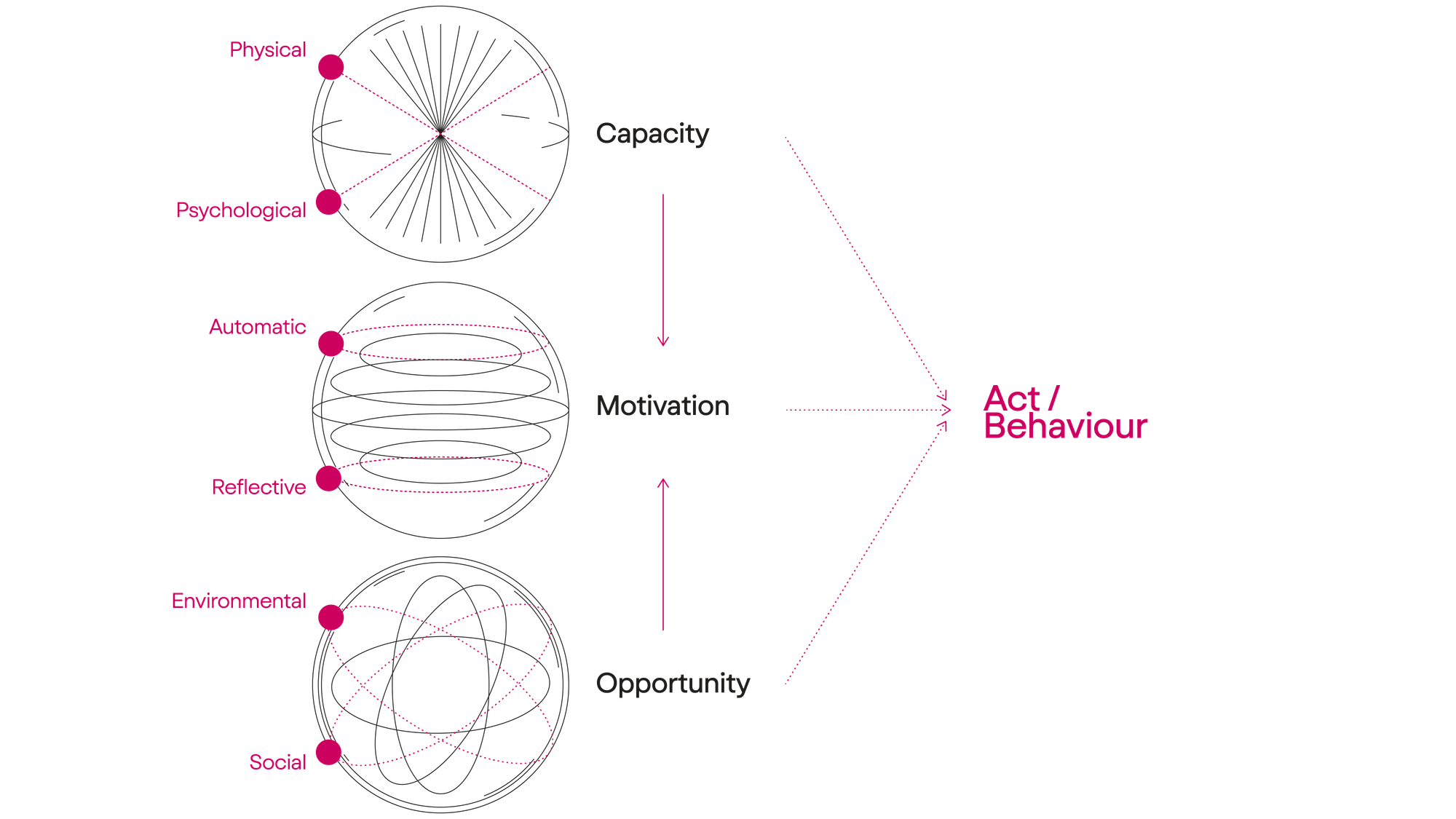
The COM-B model (Capability, Opportunity, Motivation and Behaviour) is a theoretical framework used in Behavioural Design to understand what factors influence people's behaviour. According to the model, behaviour is the result of the interaction between capability, opportunity and motivation. If any of these elements is missing or limited, the desired behaviour is unlikely to occur.
It is essential to investigate the lifestyles that people will have in the future in order to deduce the role that a brand can play in that imaginary. Knowing new family morphologies, new home models, new tasks and time distribution or even the new desires of society, was the first step to mentally position ourselves in the future.
↗ Machie, S. Satralen, M.M., & West, R. (2011) - COM-B Model of behaviour change.
[1] Culture / Method → Foresight / Organisation: Shopping list Provisioning: In-store cargo purchase Travel: In-store user experience Storage: Refrigeration, warehouse...
[2] Need / Motivation →. "We need to have products in our house to be able to cook and eat for the period of time we estimate."
[3] Act / Behaviour → ‘We buy household products. We buy products for the household
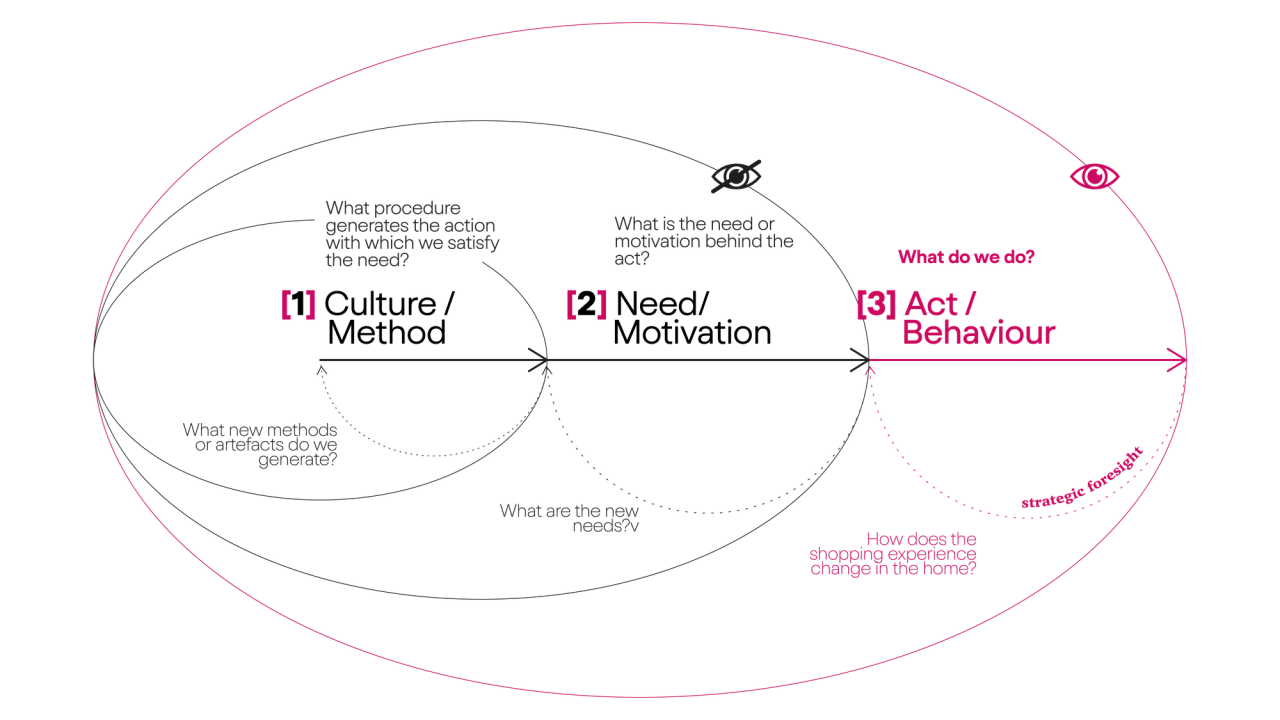
Following the analysis we reveal 4 scenarios in the form of systemic views of the future. These scenarios arise from the specific focus on different drivers and can therefore occur simultaneously.
We will materialise our desired future by acting or reacting to these views or possibilities. In other words, once we have defined the four possible scenarios that could determine the future, and bearing in mind what we want to be in the future, we must consider what levers or actions we should activate to get closer to our desired future, taking into account the different threats and opportunities that may arise from each one of them.
Having elaborated the four scenarios and reflecting on our role in each of them, we decided to develop a reinterpretation of the in-store and in-home shopping experience, defining the key characteristics that these two spaces would have. From this exercise we developed key innovative concepts applicable to the current shopping experience.
